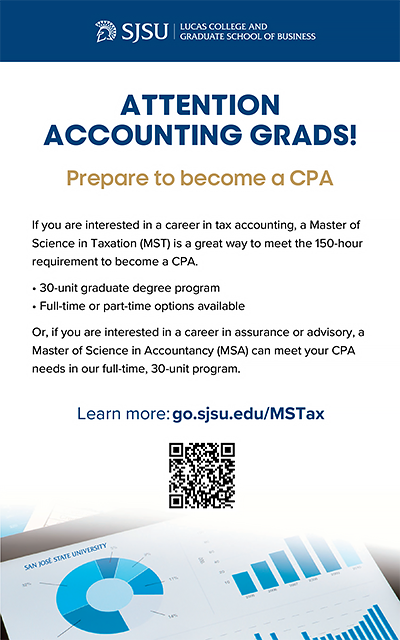ASI Committee on Semester Conversion
August 21, 2015
As Cal State East Bay prepares to switch from a long-standing quarter system to semesters by fall 2018, members of the school’s student government recently agreed to form a committee that will help students with that transition.
A Committee on Semester Conversion will begin meeting this Fall and will be renewed on a year-by-year basis until the conversion is complete, according to David Lopez, president of Associated Students, Inc. Members of the Semester Conversion Steering Committee agreed to create the student-focused committee at a main meeting in May of this year.
ASI has publicly stated that they are in favor of the quarter-to-semester conversion, because of the ease of transferability it will provide for students coming in from other schools.
More than 70 percent of students at CSU East Bay did not begin their college career at this campus, but transferred from another school. Of the 112 California Community Colleges, 109 are currently on the semester system, according to the SCSC Framework for Semester Conversion.
“Personally, I transferred [to CSU East Bay] from a semester school,” Lopez said. “When we go to semesters, it will be such a smoother transition for students. Many Junior Colleges and Community Colleges are already on semester systems, so it will be much easier for students to adjust to semester-semester than semester-quarter.”
Backed by encouragement from the Chancellor’s Office, according to Eileen Barrett, Co-Director of Semester Conversion Initiative, CSU East Bay has begun the three-year process of converting to a semester calendar. Currently, the quarter system has four ten-week class sessions — with one week for exams — each academic year. When the conversion is complete, sessions will be 15 weeks long, with one week for exams. There will be two semesters per academic year, with an eight-week summer session.
Students who have already been in attendance at CSUEB when the conversion takes place will not lose credits already earned in the quarter-to-semester process, university officials stated in a “Pledge to Our Students.” The pledge was approved Feb. 20 by the SCSC. In the current quarter system, students need 180 units to graduate. The new semester system will require 120 units to complete a degree.
The committee will be made up of as many as 10 students who can voice concerns for the larger student population, according to Lopez. There will be one student per college at the University. The four colleges are the College of Letters, Arts, and Social Sciences; College of Science; College of Business; and College of Education and Allied Studies. There will also be a student representing the graduate students and one international student.
For a student to sit in as a chair on the committee, there will be an application process, followed by an interview, a nomination to the board, and finally an approval of the board. Applicants will be assessed based on grade eligibility, experience, and time constraints. The application is already available on the ASI website.
The committee will meet bi-weekly, and discuss a predetermined agenda, which will be posted, both on the website and in the ASI office, for students to see. Students can then attend committee meetings to voice concerns, where the SCSC chair will address the concerns and bring it to the next SCSC main meeting, according to Lopez.
Student concerns that have been brought to the attention of the respective representative, says Lopez, are what will set the agenda for following meetings.
Barrett, or another SCSC member will attend the committee meetings, according to Lopez.
CSU East Bay is one of four California State University campuses currently undergoing the conversion from quarters to semesters, the other three schools being CSU San Bernardino, CSU Bakersfield, CSU Los Angeles, and CSU Pomona.






